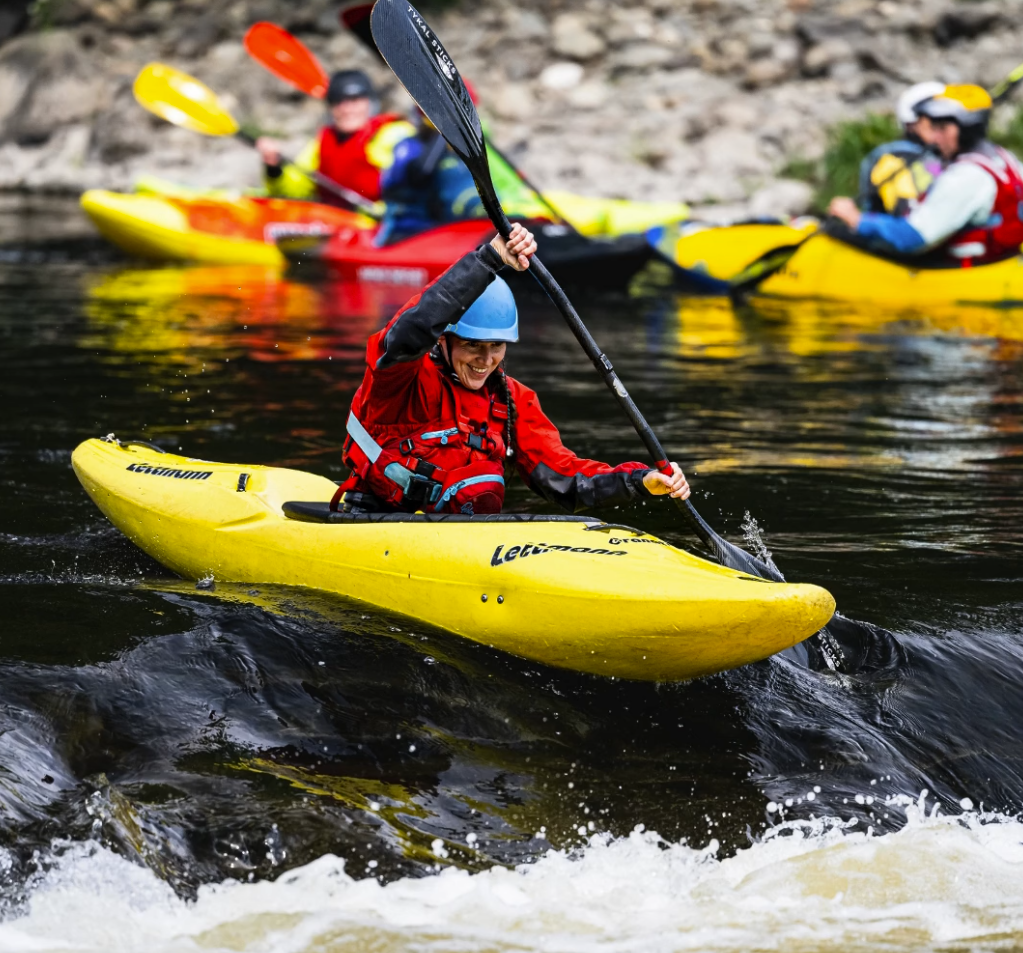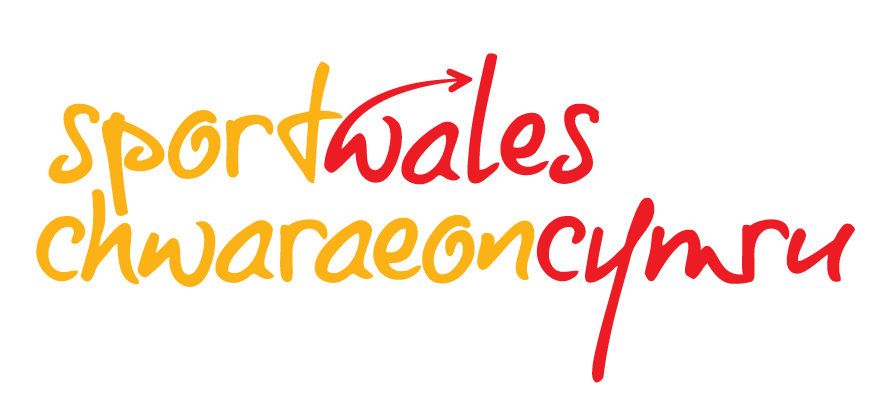Introduction
As we observe Black History Month, it's important to recognize the diverse contributions African Americans have made throughout history. One such contribution lies within the maritime traditions of the Chesapeake Bay—the development of the Chesapeake Bay Log Canoe. This unique vessel not only revolutionized the oyster industry in the 19th century but also stands as a testament to the ingenuity and craftsmanship of African American communities.
The Evolution of the Chesapeake Bay Log Canoe
In the 19th century, the Chesapeake Bay's oyster industry transformed from small-scale operations into a booming enterprise. This rapid growth demanded more substantial and efficient vessels than the simple, single-log canoes traditionally used for fishing and transportation. In response to this need, the Chesapeake Bay Log Canoe was developed—a sophisticated, multi-log vessel capable of handling larger catches and navigating longer voyages.
African American Influence and Craftsmanship
African American boatbuilders played a crucial role in this maritime evolution. Along the Poquoson River in York County, Virginia, and in other areas around the bay, skilled craftsmen applied their knowledge of woodworking and maritime construction to create these advanced canoes. Drawing from African boatbuilding traditions and adapting to local resources, they innovated design techniques by joining multiple logs side by side. This approach increased the canoe's size and stability, allowing for greater cargo capacity and improved performance in the bay's diverse conditions.
Utilizing local materials, these artisans selected hardwoods like loblolly pine and cypress for their durability and buoyancy, ensuring the vessels could withstand the demands of the oyster industry. The canoes often featured carvings and designs that reflected the artisans' heritage and personal expressions, integrating cultural elements into their craftsmanship. This blend of practicality and cultural identity made each canoe a unique embodiment of the builders' skills and stories.
The Interconnected Growth of Canoe Building and Oystering
Maritime historian M.V. Brewington noted that the development of the log canoe is intimately connected with the oyster fishery—they are "almost inseparable" (Brewington, 1937). The advancements in canoe construction directly facilitated the growth of oystering. With larger canoes, oystermen could harvest more oysters per trip, meeting the increasing market demand. Improved vessel capabilities allowed for exploration of previously inaccessible oyster beds, contributing to the industry's expansion. The prosperity of oystering not only boosted the regional economy but also provided employment and resources for African-American communities involved in the trade.
Recognition and Preservation of Heritage
Despite their significant contributions, African-American innovators in canoe building were often overlooked, and their achievements were frequently attributed to others. Today, efforts are being made to document these historical contributions as researchers uncover records and oral histories that highlight the role of African Americans in developing the Chesapeake Bay Log Canoe. Cultural organizations and museums are working to preserve traditional techniques, keeping the boatbuilding traditions alive through workshops and educational programs. Sharing these stories during Black History Month and beyond helps to acknowledge and honour the artisans' legacy, educating the public about this important aspect of maritime history.
The Chesapeake Bay Log Canoe is more than just a vessel; it represents a significant chapter in maritime history shaped by African American ingenuity. By recognizing and celebrating these contributions, we enrich our understanding of the past and inspire future generations to appreciate the diverse influences that have shaped our world.
At Canoe Wales, we believe in honouring the multifaceted histories that contribute to our shared passion for canoeing. This Black History Month, we invite you to reflect on the stories behind the vessels we love and the people who crafted them with skill and vision.
By Emily King - Canoe Wales
CONTACT THE MEDIA TEAM
If you have a story that would be of interest to the Paddle Cymru team please get in touch using the online contact form linked below or get in contact using one of our social feeds.
SIGN UP TO CEUFAD MAGAZINE
Ceufad is our quarterly magazine, covering everything that's important in Welsh paddlesport.
Share Post









